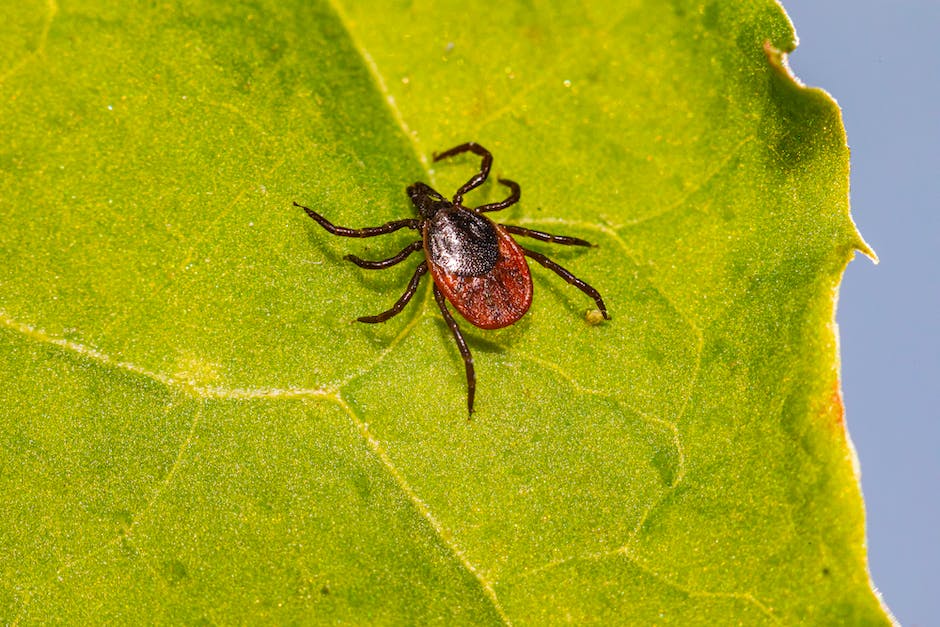
Contents
Are certain populations more susceptible to tick-borne diseases?
and Health
Tick-borne diseases are among us and it’s nothing new. They are spread widely across the world, occurring in both warm and cold climates. In this post, we will take a look at the prevalence, causes and health consequences of tick-borne diseases world-wide.
Prevalence of Tick-Borne Diseases
Tick-borne diseases are quite prevalent in many parts of the world. In the United States, Lyme disease is the most common. It is estimated that over 300,000 cases of Lyme disease occur each year. Other common tick-borne diseases include Rocky Mountain spotted fever, ehrlichiosis, babesiosis and Powassan virus. In Europe, the most commonly found tick-borne disease is the tick-borne encephalitis virus. In Asia, tick-borne encephalitis virus and Lyme disease are common, as well as the scrub typhus, which is endemic to China and Japan.
What Causes Tick-Borne Diseases?
Tick-borne diseases are caused by a variety of bacteria, viruses and parasites that live in the saliva of certain species of ticks. When a tick bites into a person or animal, the disease-causing microorganism is introduced into the body. Depending on the species of tick, the resulting illness often takes several days to 3 weeks before symptoms appear.
Health Consequences of Tick-Borne Diseases
The health consequences of tick-borne diseases vary depending on the type of disease. Common symptoms include:
- Fever
- Chills
- Headache
- Fatigue
- Muscle aches
- Nausea
In more severe cases, tick-borne diseases can cause neurological problems, paralysis and even death.
Preventing Tick-Borne Diseases
The best way to prevent tick-borne diseases is by taking precautions when spending time outdoors. Here are some tips for staying safe and preventing tick-borne diseases:
- Avoid walking through tall grass and dense vegetation.
- Wear protective clothing, such as long sleeves and pants.
- Apply insect repellent containing DEET, permethrin, or picaridin.
- Do regular tick checks.
- Remove ticks promptly and safely.
With proper precaution, you can reduce the risk of becoming infected with a tick-borne diseases.
Conclusion
Tick-borne diseases are found in many parts of the world and affect a broad range of individuals. It is important to be aware of the prevalence, causes and health consequences of tick-borne diseases in order to keep yourself and your family safe. For more information, visit the Centers for Disease Control and Prevention website.
